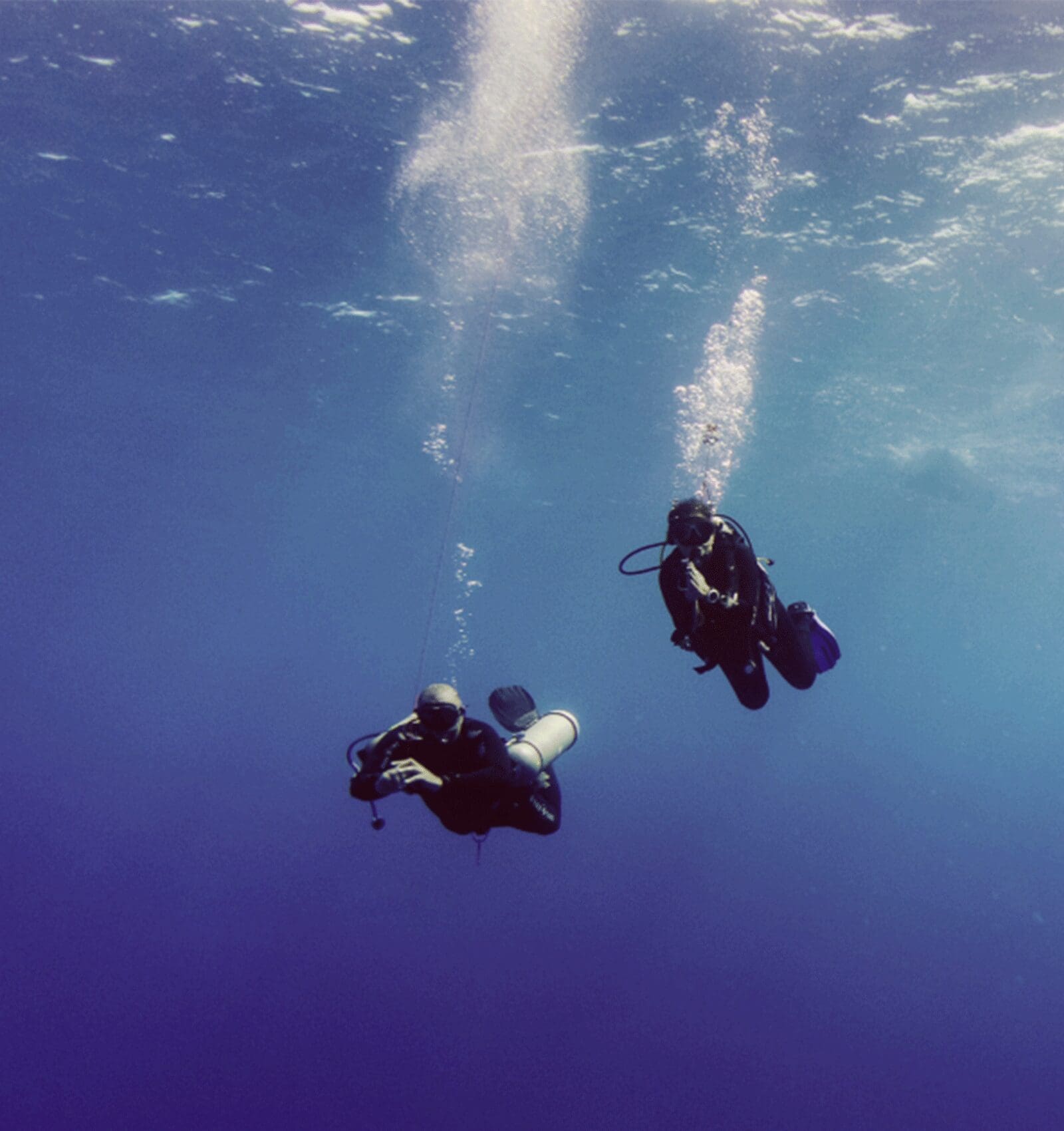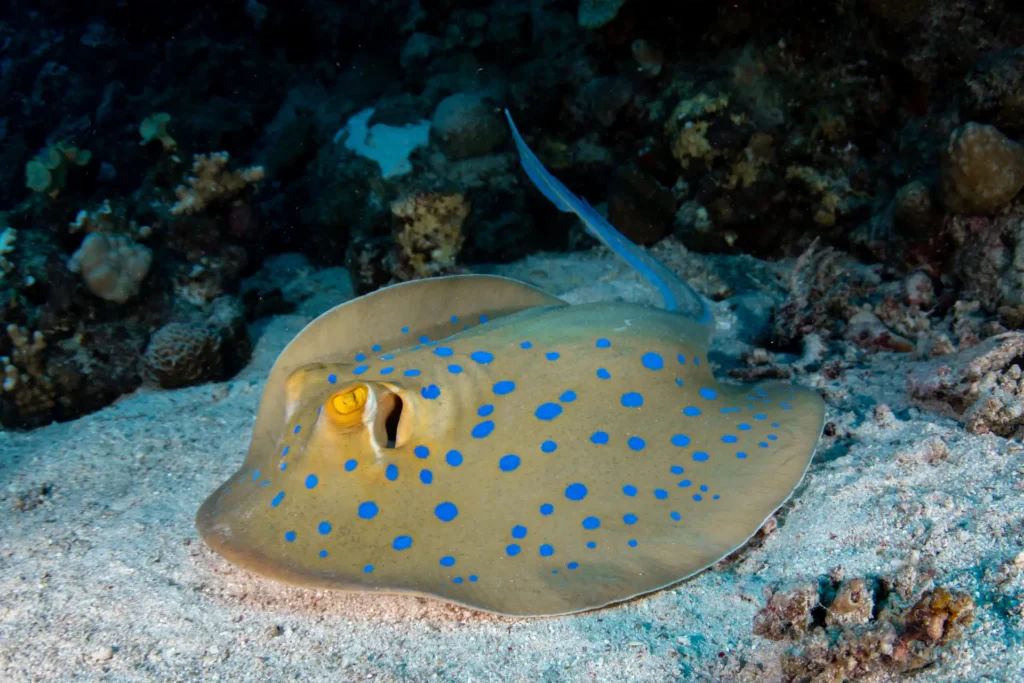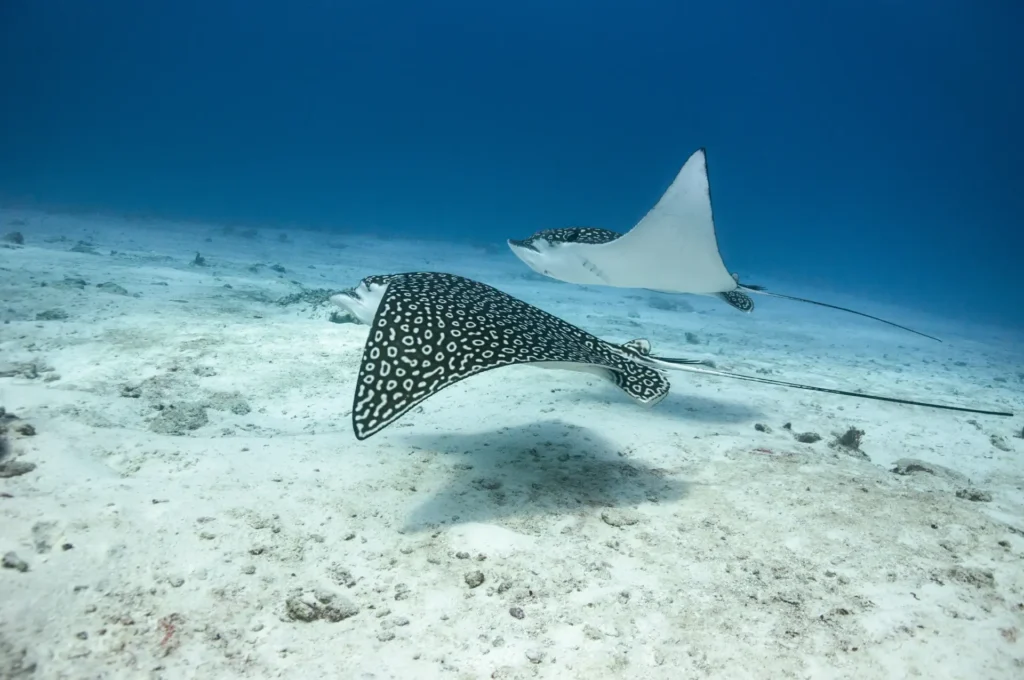Top 5 Marine Species to Spot in Boracay This Month
Top 5 Marine Species to Spot in Boracay This Month
Top 5 Marine Species to Spot in Boracay This Month
April is one of the best months to explore Boracay’s underwater world. With warm, calm waters and excellent visibility, divers are treated to a vibrant display of marine life across the island’s diverse dive sites. While there’s always something new to discover on every dive, this month brings ideal conditions for spotting some of Boracay’s most iconic and fascinating marine residents.
Whether you’re diving into the deep walls of Yapak, drifting past coral gardens at Crocodile Island, or exploring the vibrant wreck of Camia II, here are five standout species you’ll want to watch for this April.
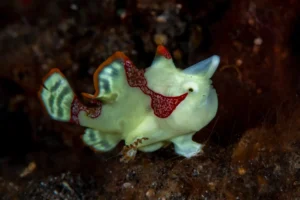 1. Frogfish
1. Frogfish
April is prime time for spotting frogfish, especially at sites like Angol Point, Crocodile Island, and Balinghai. These bizarre and brilliantly camouflaged creatures are true masters of disguise. Their lumpy bodies and sponge-like textures allow them to blend in seamlessly with their surroundings, making them a favorite find among photographers and macro enthusiasts.
Frogfish are ambush predators, using a fleshy lure on their heads to attract unsuspecting prey. Don’t be fooled by their sluggish appearance—they can strike with incredible speed. Look closely along sponge-covered rock faces and coral outcrops, and you might just spot one sitting still, waiting to pounce.
 2. Blue-Spotted Ribbontail Ray
2. Blue-Spotted Ribbontail Ray
This striking species is often seen gliding gracefully across sandy patches near reefs, and is frequently spotted in Santoson, Tambisaan, and Channel Drift. Their electric-blue spots and ribbon-like tails make them one of the most visually stunning rays in Boracay’s waters.
April’s calmer seas and clearer visibility give divers an excellent chance to see these rays resting on the bottom or gliding just above the sand. While generally shy, they may pause long enough for a great photo—just remember to maintain a respectful distance.
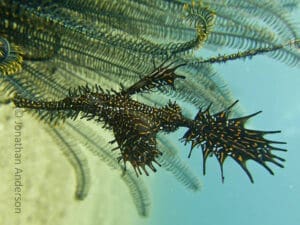 3. Ghost Pipefish
3. Ghost Pipefish
Elusive and delicate, the ghost pipefish is a favorite among seasoned divers and macro photographers. These fascinating creatures can be seen hovering near feather stars or soft coral at dive sites like Camia II and Crocodile Island.
Ghost pipefish are seasonal visitors to Boracay’s reefs, and April is one of the best times to find them. Their ornate fins and cryptic patterns allow them to mimic their surroundings with astonishing precision. They often appear in pairs and are usually motionless, blending into the reef until they gently drift with the current.
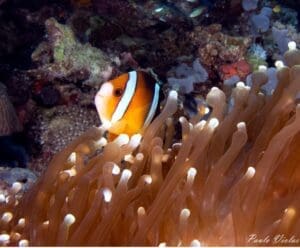 4. Clownfish
4. Clownfish
No dive in Boracay is complete without spotting a few of these iconic reef residents. Found at nearly every dive site, including Angol Point, Coral Garden, and Diniwid, clownfish live symbiotically with sea anemones, which protect them from predators.
April’s clear waters provide perfect visibility to observe these colorful characters as they dart in and out of their host anemones. Watch for different species—from the classic orange-and-white false clownfish to darker-colored varieties—and enjoy observing their playful, sometimes territorial behavior.
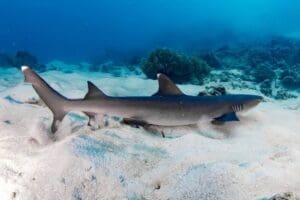 5. Whitetip Reef Shark
5. Whitetip Reef Shark
For those craving a larger marine encounter, April is a great month to see whitetip reef sharks at deeper dive sites like Yapak and Punta Bunga. These sleek predators are commonly seen resting on sandy patches or ledges during the day, often motionless and unbothered by divers.
While they may look intimidating, whitetip reef sharks are not aggressive toward humans and are an important part of the reef ecosystem. With April’s excellent visibility, you’ll have the chance to appreciate their streamlined form and graceful movement—an unforgettable moment for any diver.
Where to Dive for the Best Marine Life Sightings
Here’s a quick summary of where you’re most likely to see these incredible species this month:
- Frogfish: Angol Point, Balinghai, Crocodile Island
- Blue-Spotted Rays: Santoson, Tambisaan, Channel Drift
- Ghost Pipefish: Camia II Wreck, Crocodile Island
- Clownfish: Angol Point, Coral Garden, Diniwid
- Whitetip Reef Sharks: Yapak, Punta Bunga
Final Thoughts
April offers ideal conditions for marine life encounters around Boracay’s dive sites. Whether you’re diving shallow reefs or exploring deeper walls and wrecks, keep your eyes open for these five incredible species. And don’t forget to bring your underwater camera—this is one of the most photogenic months of the year!
At New Wave Divers Boracay, our experienced dive team knows exactly where to find these creatures and more. Join us this month for fun dives, PADI courses, or full-day safaris to make the most of your Boracay dive adventure.
Book your dive today and let’s explore the vibrant marine life waiting just beneath the surface!
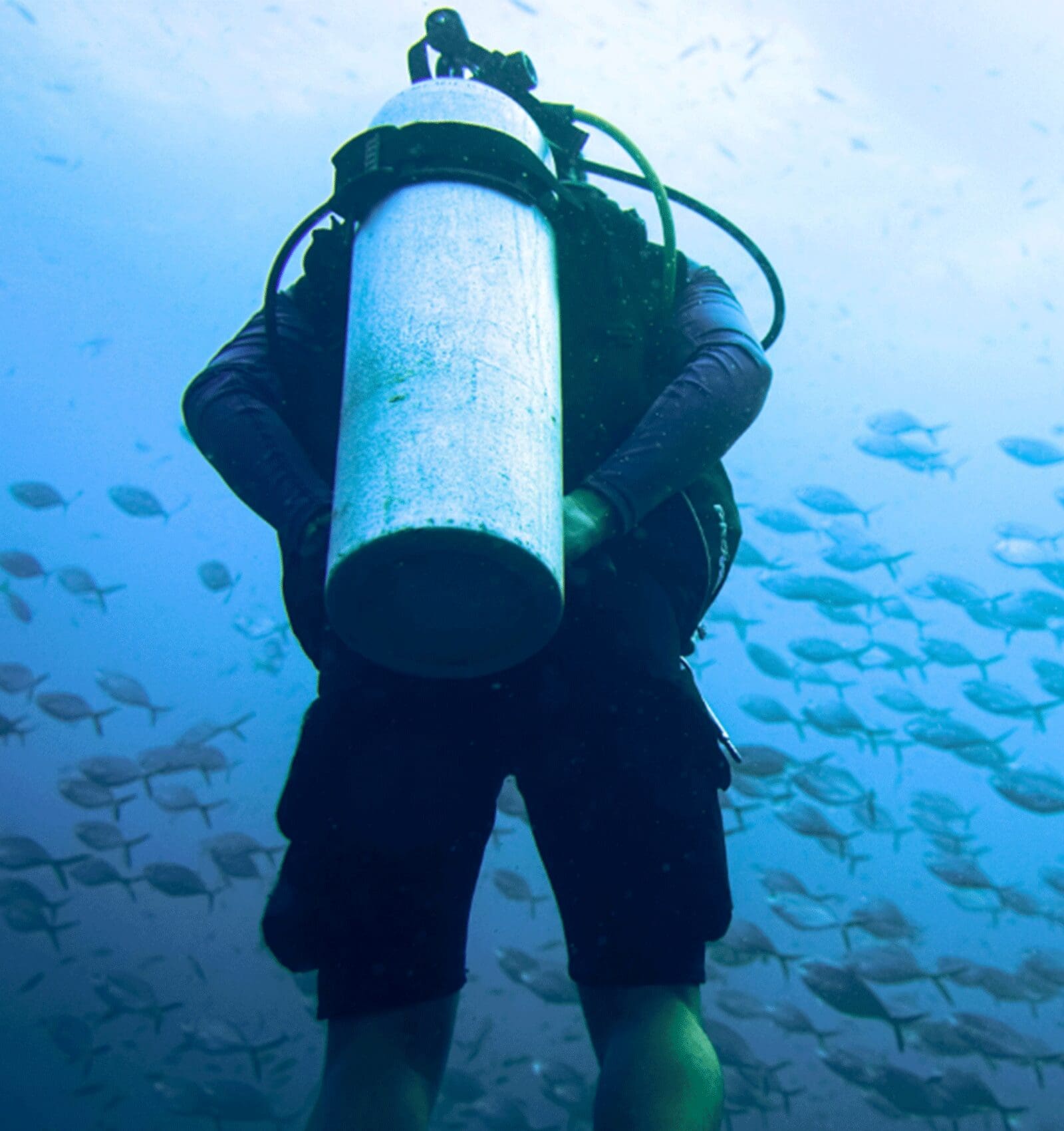
Wish to know more about the diving in Boracay? Our team will be delighted to answer your questions and let us know why we should be your first choice when planning your dive vacation to the Philippines. We hope to hear from you soon!
